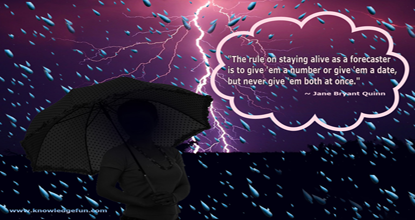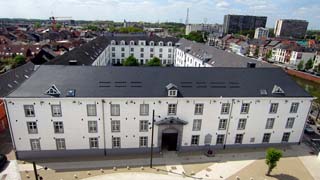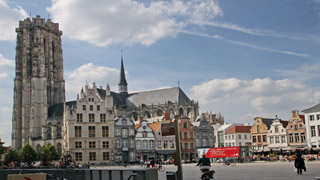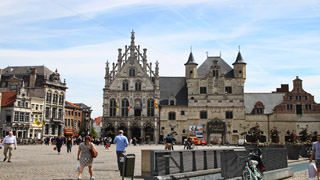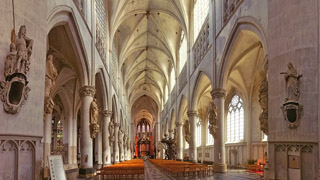Discover Mechelen - Belgium
Mechelen is a historic city and municipality in the province of Antwerp in the Flemish Region of Belgium. It lies on the major urban and industrial axis Brussels and Antwerp, about 25 km from each city. Perched on the Dijle river that flows through, the beautiful historic city of Mechelen is often referred to as the Dijlestad ("City on the river Dijle").
In the first half of the 16th century (from 1506 to 1530) Mechelen even became the capital of the Low Countries (very roughly the Netherlands, Belgium and Luxembourg) under Archduchess Margaret of Austria. The city was notably a centre for artistic production during the Northern Renaissance, when painters, printmakers, illuminators and composers of polyphony were attracted by patrons such as Margaret of York, Margaret of Austria and Hieronymus van Busleyden.
In 1835, the first railway on the European continent linked Brussels with Mechelen, which became the hub of the Belgian railway network. This led to a development of metalworking industries, among others the central railway workshops which are still located in the town today. During the Second World War, the extensive Mechlinian railway structure had caused the Nazi occupation forces to choose Mechelen for their infamous transit camp. Over 25,000 Jews and Roma were sent by rail to the Auschwitz-Birkenau extermination camp from Mechelen. The site of the transit camp now houses the Jewish Museum of Deportation and Resistance.
Modern day Mechelen has become renowned as a center for Mechlin lace, laken (woollen cloth), baroque woodwork and tapestries. The city is one of Flanders' prominent cities of historical art, with Antwerp, Bruges, Brussels, Ghent, and Leuven. Mechelen was also at the heart of the revival of the carillon in the early 20th century, and hosts its principal school in the world to this day. Carillon is a musical instrument that is typically housed in the bell tower (belfry) of a church or municipal building.
The symbol of Mechelen is the imposing St. Rumbold's Cathedral (Sint-Romboutskathedraal) with its dominating tower (UNESCO World Heritage Site) completed in 1536 in late Gothic style.
Other historic churches fill the city centre and will impress you with their religious treasures. The Church of St. John the Evangelist (Sint-Janskerk) exhibits 'The Adoration of the Magi' and the Church of Our Lady across the river Dijle (Kerk van Onze-Lieve-Vrouw-over-de-Dijle) 'The Miraculous Draught of Fishes', paintings by Rubens.
The baroque Basilica of Our Lady of Hanswijk (Basiliek van Onze-Lieve-Vrouw-van-Hanswijk) is a Roman Catholic basilica and famous place of pilgrimage in Belgium. Every year the annual procession of Hanswijk ends here. The facade in Italian style and cupola were designed by native architect Lucas Faydherbe. The baroque interior is famous for its sculptures and carvings, in the ceiling impressive work of Faydherbe is executed in stucco.
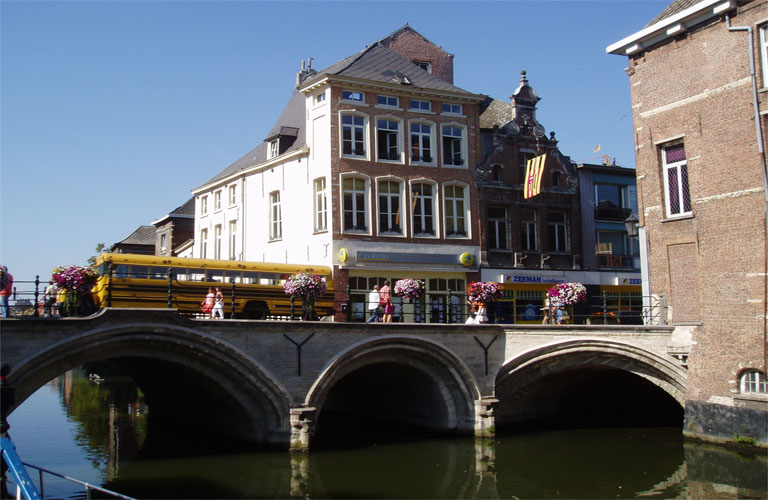
The best way to discover historic heart of the city is on foot or by bicycle where pedestrians and cyclist reign supreme.
Take the 45 minute boat cruise along the waterways of Mechelen and enjoy interesting and low cost trip. Departures are from Haverwerf.
Visit the Palace of Margaret of Austria one of the first Renaissance buildings in northern Europe and enjoy spectacular frontage and tranquility in its charming gardens.
For another interesting experience visit the Brussels Gate (Brusselpoort), the sole remaining city gate of the original twelve gates of Mechelen. This imposing structure dates from the 13th century. Because of its exceptional height, towering above the other gates, it was also called the 'Overste poort' which means superior gate.
Make sure you visit the Market Square (Grote Markt) in Mechelen with the cathedral cutting across one end and the Town Hall at the opposite end, with restaurants and cafes lining the sides between the two.
"With age, comes wisdom. With travel, comes understanding." ~ Sandra Lake
:: Kazerne Dossin Memorial ::
Holocaust museum Kazerne Dossin Memorial is very special place for Belgium. This memorial keeps alive the memory of the Mechelen transit camp, a detention and deportation camp established in a former army barracks at Mechelen in German-occupied Belgium.
It was managed by the Sicherheitspolizei, a branch of the SS-Reichssicherheitshauptamt, in order to collect and deport Jews and Romani mainly out of Belgium towards the labor camp of Heydebreck-Cosel and the concentration camps of Auschwitz-Birkenau in German occupied Poland.
During the Second World War, between August 1942 and July 1944, 28 trains left from this Belgian casern and deported over 25,628 Jews, Roma and Sinti, most of whom arrived at the extermination camps of Auschwitz-Birkenau. At the end of war, only 1240 of them had survived.

